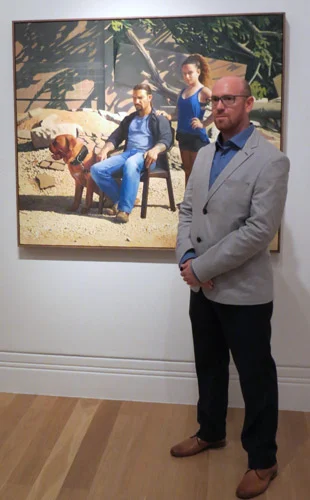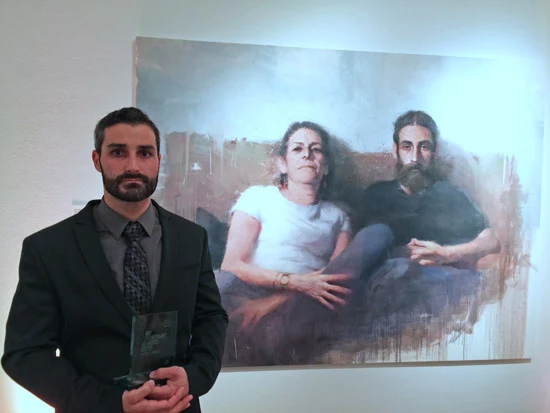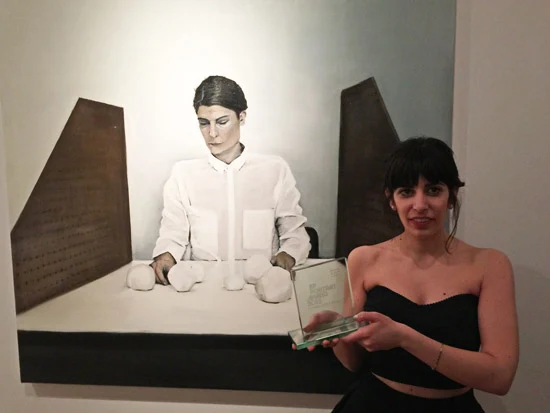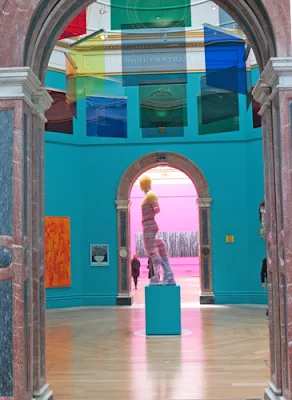The theme - Recording Britain Now
The theme for the third year of this competition is ‘Recording Britain Now: Society’.This year we invite emerging and established artists to respond to the theme: Recording Britain Now: Society, to re-assess their practice and focus on the prevalent social issues of 2015/16. In the same way that Recording Britain sought to map familiar townscapes and countryside under threat, this will be an invitation to engage with a society in rapid transition. (my red)
Recording Britain Now - The History
Starting last year, the competition is riffing on Kenneth Clark's initiative during the second world war to "Recording Britain Now". This was an initiative which was an extension of the Official War Artist Scheme and I guess was the artistic side of the wish to record how life was being lived in the UK on the outbreak of war.The aim was formally expressed as:
‘secure a record of historic scenes, site and buildings which may be endangered through enemy action or by utilitarian encroachment.’
- The collection of artwork which resulted from the initiative is now housed at the Victoria and Albert Museum. It includes more than 1,500 watercolours and drawings "of lives and landscapes at a time of imminent change". If you visit the Prints and Drawings Study Room you make a request to see the artwork from the Recording Britain project (click the link to see examples of work in the collection)
- The Scottish end of the 'Recording Scotland' project is housed in the Museum Collections Unit at the University of St. Andrews.
Recording Britain Now - now!
I think it's a splendid idea to continue with this theme! For the 2014 competition the theme was very broadThe theme of the second prize exhibition is Recording Britain Now. Artists were invited to
...present fresh, contemporary visions of their urban, rural or social environment.
 |
| Winner of the John Ruskin Prize 2014Slowly creeping by Maggie Hargreaves |
 |
| Here it is (right) hanging in the exhibition at The Electrician's Shop Gallery - the door gives some scale |
Recording Britain in 2015
What makes it different for 2015 is the emphasis on "society". I'm guessing that might be because a lot of the work in last year's show had lots of unpeopled landscapes!The John Ruskin Prize - how to enter
Who can enter
The John Ruskin Prize is open to anyone 18 or over, resident or domiciled in the UK.
What you can enter
The work entered MUST be:- two dimensional
- relief work and book art are also eligible
- Time-based media, photography and sculpture are not eligible.
- should not exceed 2.5 metres in any direction (that's 8.2 feet for the old imperialists amongst you). You might want to note that the work which won last year was BIG!
Note:
Recording Britain Now - exhibition and prizewinner
- how large some of the drawings are
- how some large drawings are not framed but rather are suspended from fishing wire lopped through small bulldog clips which attach to the sheet of paper. This seems to be have become an accepted way of showing large works on paper - if for no other reason than everybody avoids the problems with weight and the risk of broken glass!
- must be available for inclusion in the two exhibitions (see dates below)
- made in the last five years
- represented by a high resolution jpeg image submitted with the entry form and fee
Timeline
- Deadline for Entries: 23 November 2015
- Notification re. selection: 15 December 2015
How to enter
- decide how many artworks you are entering (the fees reduce as the number of artworks increase)
- complete the online entry form at the bottom of http://www.thebigdraw.org/ruskinprize (Note you can also print out the form, apply offline and pay by cheque)
- complete the image details - title, date, media and dimensions
- submit the form
- pay the fees via PayPal.
The Selection Panel
The Selection Panel's job is to- identify and shortlist 15 artists for the Prize and
- select work by them for inclusion in 2 showings of the Recording Britain Now: Society exhibition.
- Adam Dant (Artist) - Won the Jerwood Drawing Prize in 2002. He produces monumental ink drawings. I assume heis currently working on an 11 feet by 8 feet 'narrative ink' drawing of the 2015 General Election campaign which he's been commissioned to do by the Speakers’ Advisory committee on Works of Art in the House of Commons
- Gill Saunders (Senior Curator of Prints,V&A Museum) - She's also the author of the 2011 publication "Recording Britain
"
- Stephen Snoddy (Director, The New Art Gallery Walsall)
- Sue Grayson Ford (Director, The Campaign for Drawing)
- Clive Wilmer (Master, The Guild of St.George)
The Exhibition
The exhibition can be viewed in 2016 at:- The New Art Gallery Walsall, Recording Britain Now: Society, 26 February – 17 April 2016
- The Electrician’s Shop (Gallery), Trinity Buoy Wharf, London in early summer 2016.
























